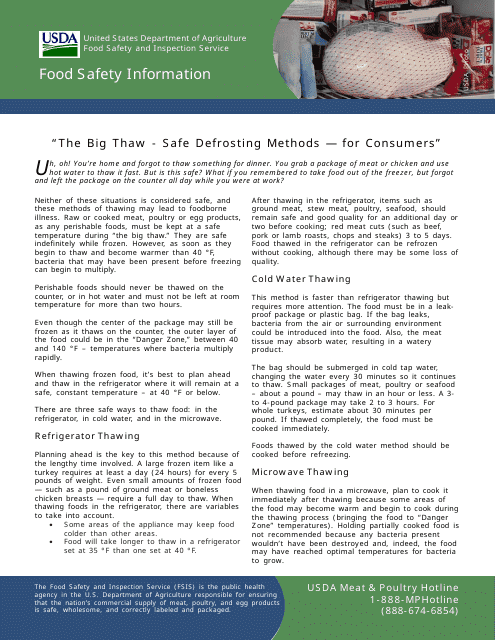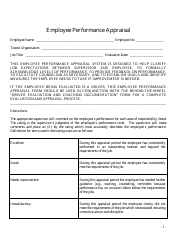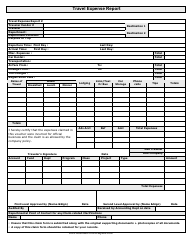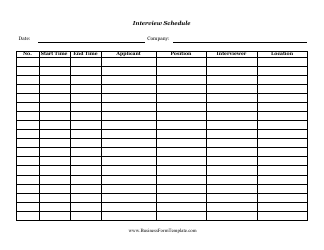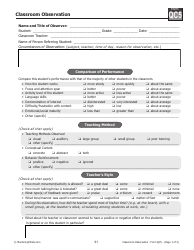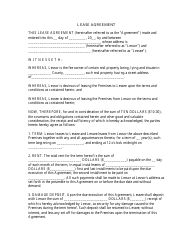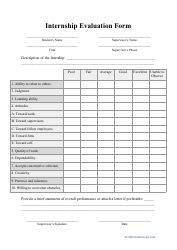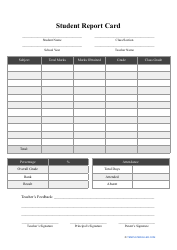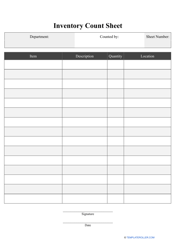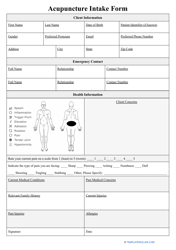The Big Thaw - Safe Defrosting Methods - for Consumers
The Big Thaw - Safe Defrosting Methods - for Consumers is a 2-page legal document that was released by the U.S. Department of Agriculture - Food Safety and Inspection Service on July 1, 2010 and used nation-wide.
FAQ
Q: Why is it important to defrost food safely?
A: Safe defrosting helps prevent the growth of harmful bacteria.
Q: What are some safe methods for defrosting food?
A: Some safe methods include refrigerator thawing, cold water thawing, and microwave thawing.
Q: How does refrigerator thawing work?
A: Refrigerator thawing involves placing the frozen food in the refrigerator and allowing it to thaw slowly.
Q: What is cold water thawing?
A: Cold water thawing involves submerging the food in cold water and changing the water every 30 minutes.
Q: Can I use hot water to thaw food?
A: No, hot water can partially cook the food and promote bacterial growth.
Q: Is it safe to thaw food on the countertop?
A: No, thawing food on the countertop can allow bacteria to grow.
Q: What is microwave thawing?
A: Microwave thawing uses the microwave to defrost food quickly, but it's important to cook the food immediately afterward.
Q: How long does it take to thaw food in the refrigerator?
A: Thawing food in the refrigerator can take several hours to a few days, depending on the size and type of food.
Q: Can I refreeze food that has been thawed in the refrigerator?
A: Yes, you can safely refreeze food that has been thawed in the refrigerator if it has not reached room temperature or been left out for a long time.
Q: What is the danger zone for food?
A: The danger zone for food is between 40°F and 140°F, where bacteria can grow rapidly.
Form Details:
- The latest edition currently provided by the U.S. Department of Agriculture - Food Safety and Inspection Service;
- Ready to use and print;
- Easy to customize;
- Compatible with most PDF-viewing applications;
- Fill out the form in our online filing application.
Download a printable version of the form by clicking the link below or browse more legal forms and templates provided by the issuing department.
